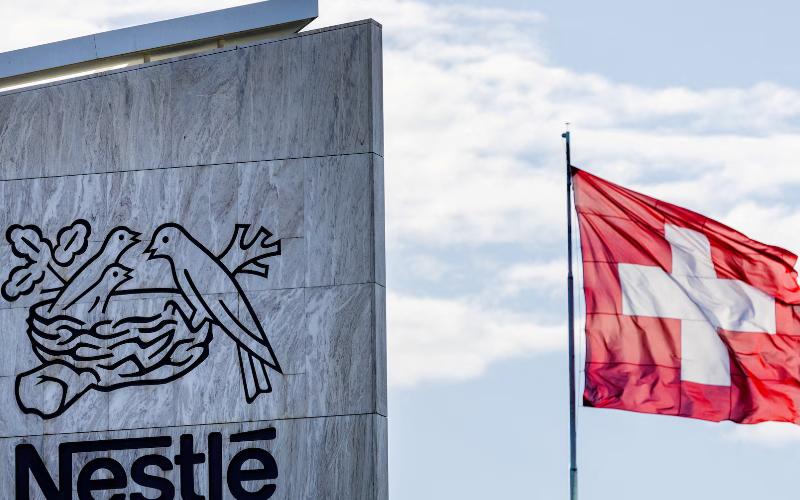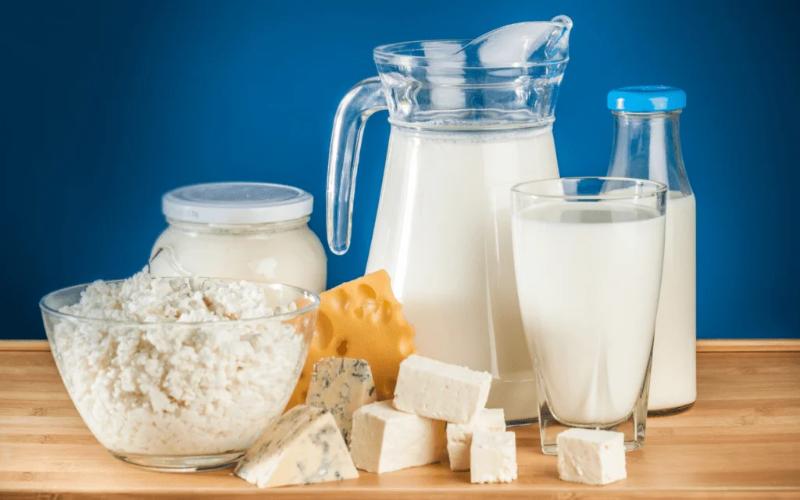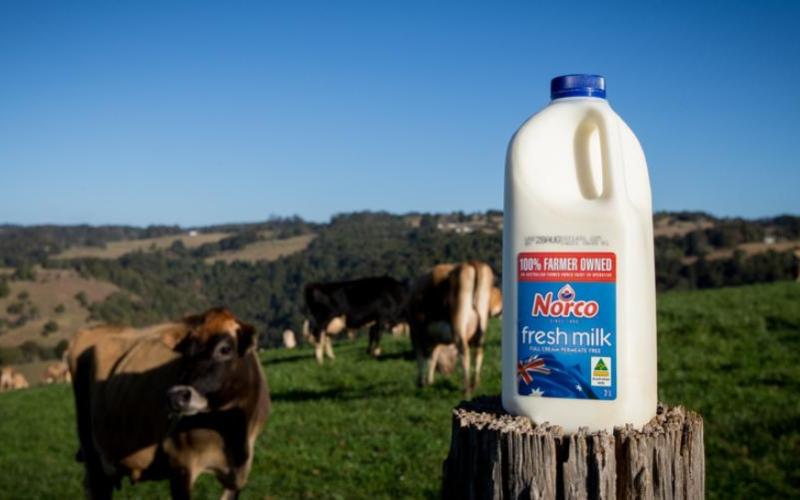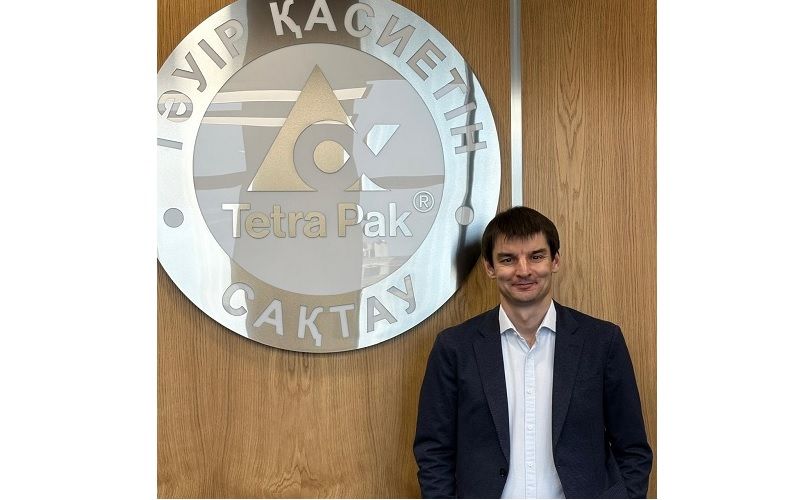Argentina Faces High Production Costs in Global Dairy Sector

Significant Cost Increases in Argentina's Dairy Sector
Argentina is contending with substantial production cost hikes, with increases exceeding 40% fr om 2019 to 2024. These escalations have led to the country being listed among the nations with the highest dairy production costs globally. Producers are faced with a challenging economic environment exacerbated by a combination of exchange rate delays and inflation, which complicates profit margins.
Exchange Rate Impact and Inflation
A report by OCLA, utilizing data from Rabobank and INTA, attributes this predicament mainly to exchange rate issues wh ere the peso's value does not keep pace with inflation. This economic misalignment is a significant factor contributing to Argentina's heightened production costs.
Global Cost Comparisons
While Argentina faces rising costs, other major dairy-producing regions like New Zealand and Australia benefited from currency valuation shifts, seeing cost reductions of 9% and 8%, respectively, over the same period. Europe and China experienced more modest decreases.
Projected Optimism for 2025
Despite these challenges, there is cautious optimism heading into 2025. With indications of moderating inflation and potential investment in the sector, there is hope for economic stabilization and potential relief on the horizon for the dairy industry.
Complex Global Market Conditions
The geopolitical landscape suggests ongoing instability, potentially leading to heightened inflationary risks, weaker economic growth, and disruption in trade. These factors necessitate strategic cost management to maintain economic resilience amid volatile market conditions.
Regional Cost Analysis
Argentina's situation mirrors broader trends, with feed costs comprising a substantial portion of total production expenses, similarly to regions with high pasture access like New Zealand. Labor and interest rates also represent significant cost components in the sector's economic framework.














